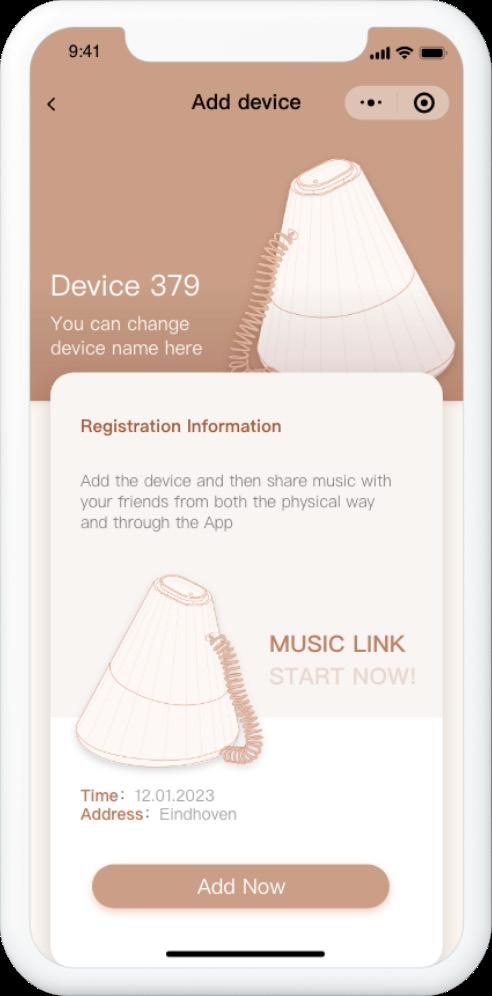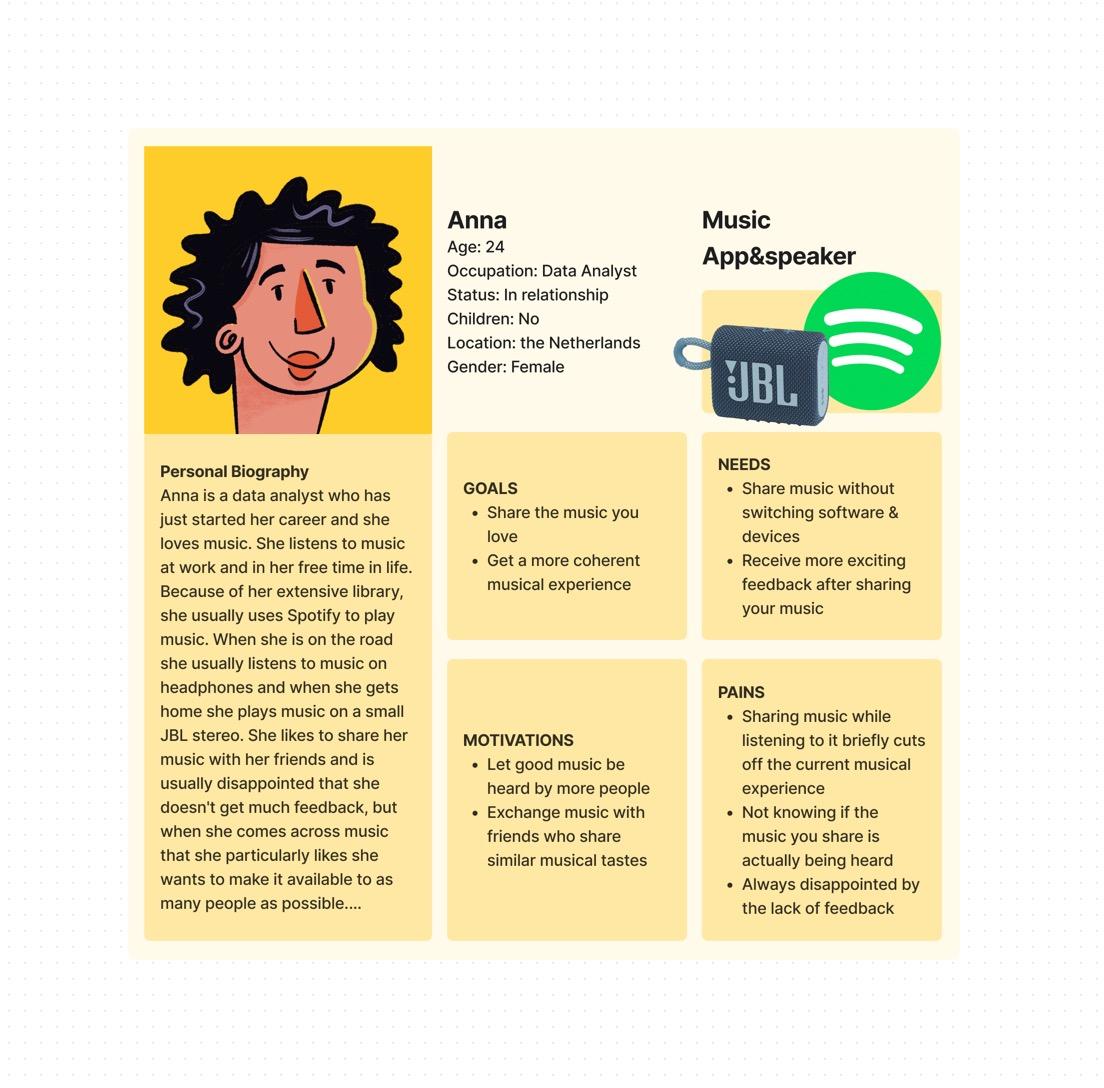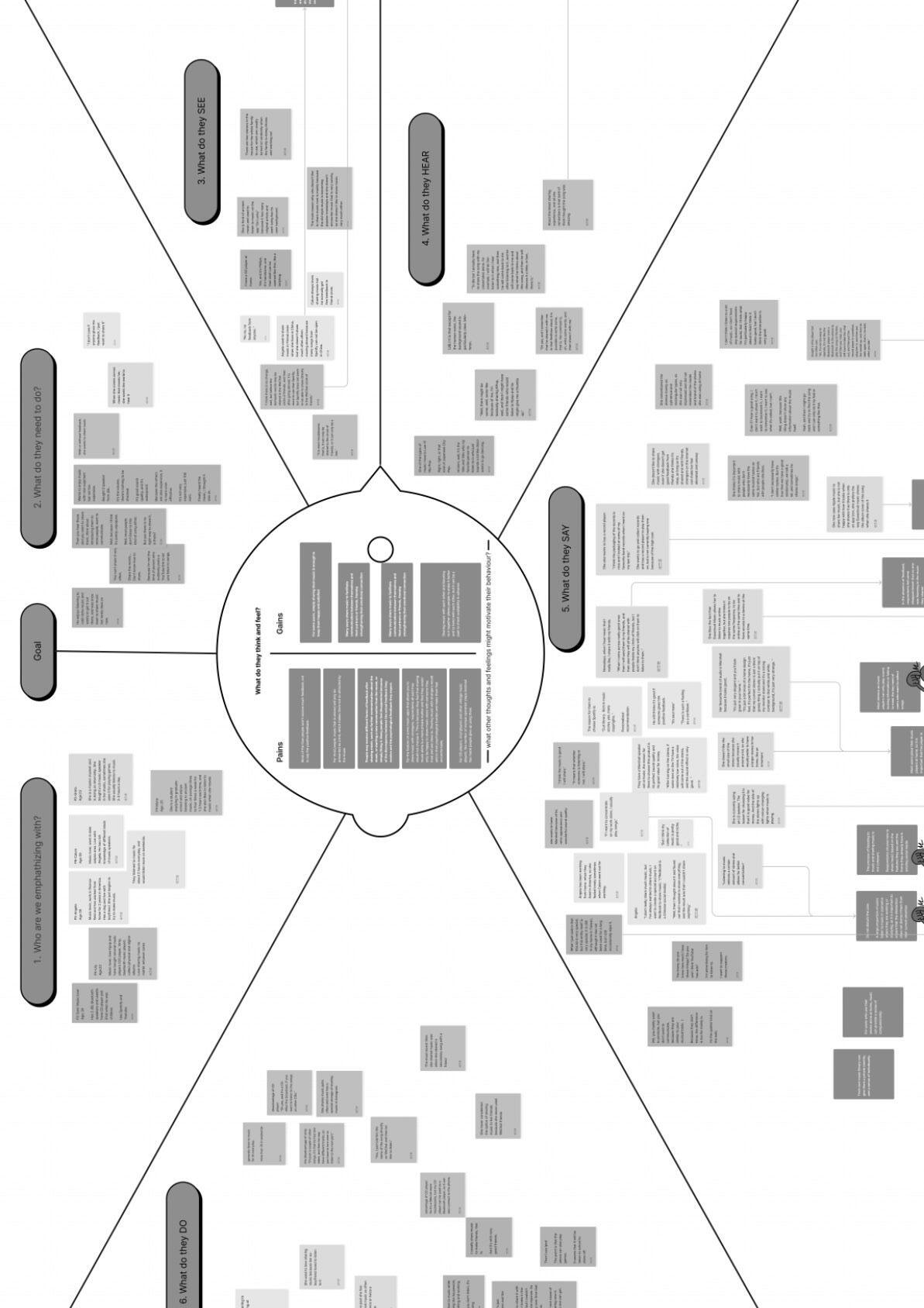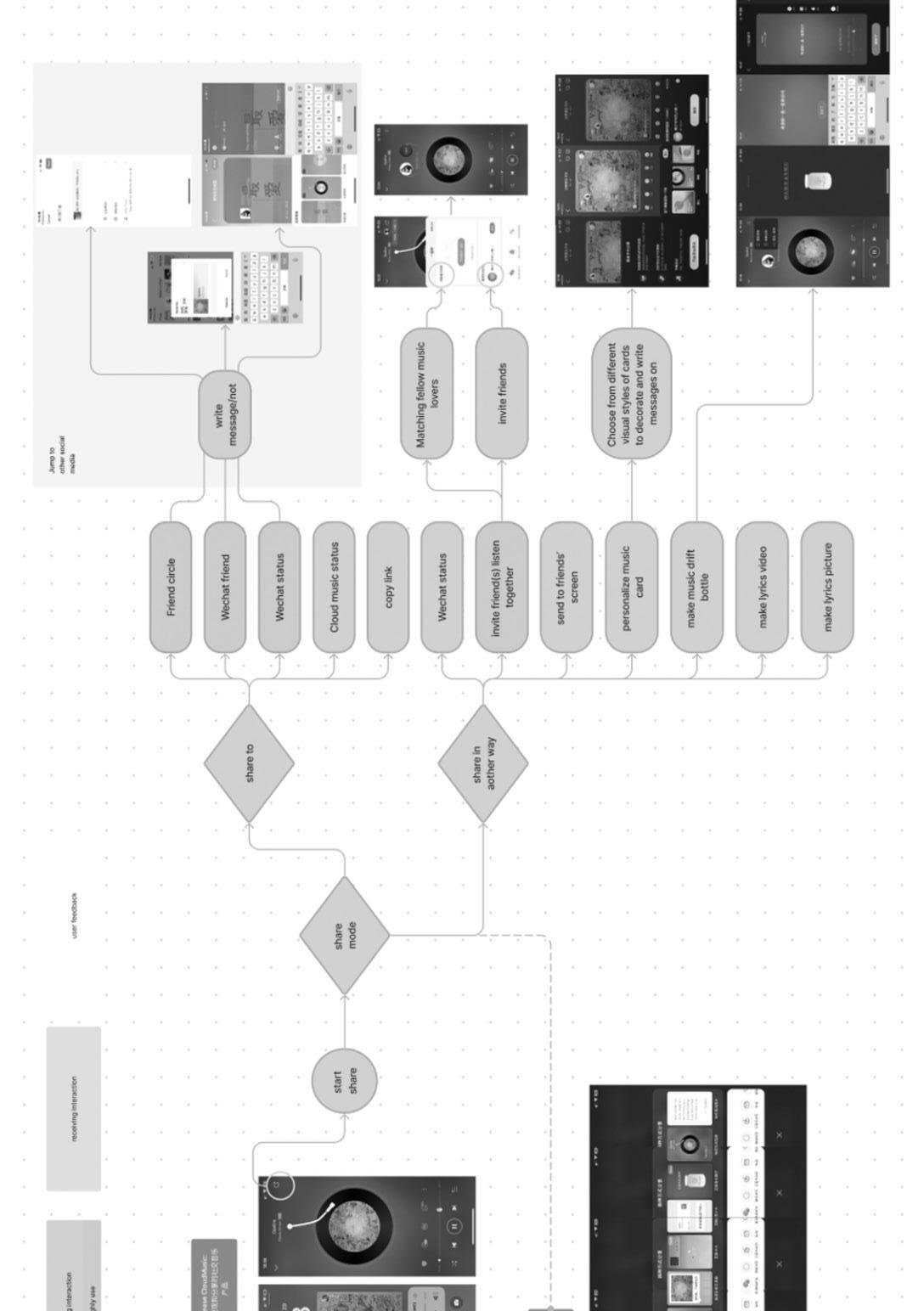
4 minute read
APPENDIX A FINAL REFLECTION
I want to be a professional product designer, so before I started this semester I had a predetermined goal for my graduation project: it would be an integrated project that would reflect my professional competencies as a product designer, with the final design output expected to be a mature and commercially viable product. As an RDD track student, I plan to focus on design and research development in the M2.1 project, with a focus on Creativity & Aesthetics and User & Society. And in the FMP project I will continue with the same design theme, still with a focus on Creativity & Aesthetics, but I will also focus more on Business & Entrepreneurship to further explore how the design insights gained in M2.1 can be applied to the market. Now, looking back at the end of the semester, I believe that the M2.1 project has largely achieved its initial objectives and in some areas has even gone beyond plan.
Creativity & Aesthetics: Looking back at the development of the whole project, this is the area where I have made the most progress and am most proud of. In past projects, I was used to designing following a linear process: sketching from research, creating a Low-Fi prototype, and then producing the final proposal. However, during this semester's concurrent internship at Philips, I found that my colleagues did not follow this linear process and were more used to iterating and even going backwards to previous steps to help improve the design quality of the product in detail. I therefore tried to apply this approach to the design phase of the styling and physical interaction for my M2.1 project. I did a lot of sketching by brainstorming, then made a number of Low-Fi prototypes for simple testing by using cardboard and 3D printing techniques, then improved the sketches based on the results, and after setting the general appearance, I made three-view drawings of the product in Illustrator for refinement, then repeated the Low-Fi prototypes and sketches. This iterative design process took almost two months and resulted in Music Linker, which was well received in terms of styling and interactive features during the final user test and demo days. I think the greatest strength of this approach is that it inspired me to constantly reflect and adjust. Although each step may result in minor design changes, the whole product will eventually be perfected through the overlay of details. However, due to time limitations, I was not able to refine and design the materials. In the FMP project, I will allocate time to the design of the colours and materials. Although the physical product will be redesigned in the FMP project, it will still have the same physical interaction features as the M2.1 product, so the new physical product will still have parts that need to be held by the user. The next iteration will need to be made of better materials that are comfortable and easy to grip when the user touches the product.
Advertisement
User & Society : In general, I have continued to use interviews, quantitative research, and Thematic Analysis method for user study this time. But during the first round of user interviews, I gathered a lot of insights about music sharing behaviour, and I hope to be able to better analyze existing interaction processes and design new ones in terms of user behaviour, processes, and perceptions. I therefore reviewed a number of case studies on interaction design and learned about a method called Empathy Map (described in the thesis). Through this method, I categorized all the information collected from the interviews into five areas - Say, Do, Think, Feel, Hear. The biggest insight for me is that designers should be more observant rather than questioning during the user research phase. In using the Empathy Map, I have found that there are often discrepancies between what users say and what they actually do, and that exploring the causes of these discrepancies can be very revealing for design purposes.
Professional Identity & Vison

From a PI perspective, the biggest contribution of the M2.1 project for me has been to help me find a clearer identity for my professional identity, which is focused on the creative and stylistic design of products. In the past, I defined myself as a designer for the entire product design process, but during this semester's creative and styling iterations for Music Linker, the new design approach allowed me to find myself enjoying the process for the first time, and to discover my strengths in styling skills during the hand-drawn iterations. Although I define myself as a designer specializing in Creativity & Aesthetics, when I design for companies as a professional product designer in the future, commercial and marketing considerations are inevitable. In my final project, I hope to explore the results and design implications of M2.1 from a commercial perspective. I will demonstrate my growth and competence in Business & Entrepreneurship by conceptualizing a music sharing service for a specific streaming service platform.From Vision's perspective, I saw the advantages of combining physical interaction features with streaming services in this project and began to reflect on this. Because I used to be overly attached to specific forms of design, I was paranoid that the electronic revolution had taken away too much from the richness of the material world and therefore advocated a more physical and interactive approach to design. But I neglected the advantages of dematerialization and the need for it to exist, for example, to help information flow more freely. But this project made me realize that, as a designer, it is important to think first about how to solve problems and what design solutions can accommodate multiple stakeholders, and that the specific form of design should be determined from there.








